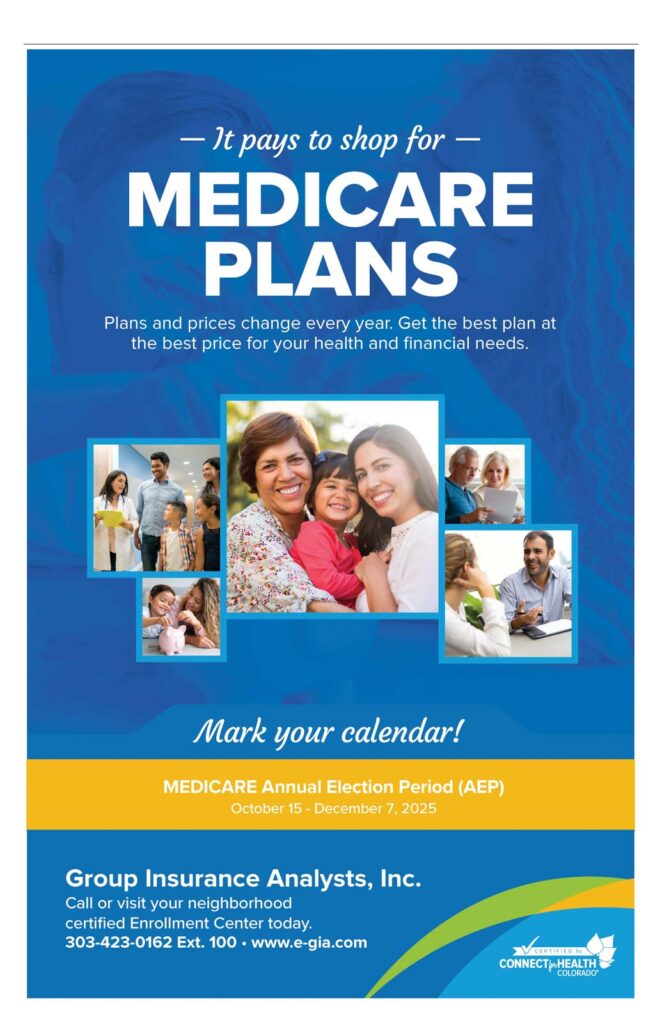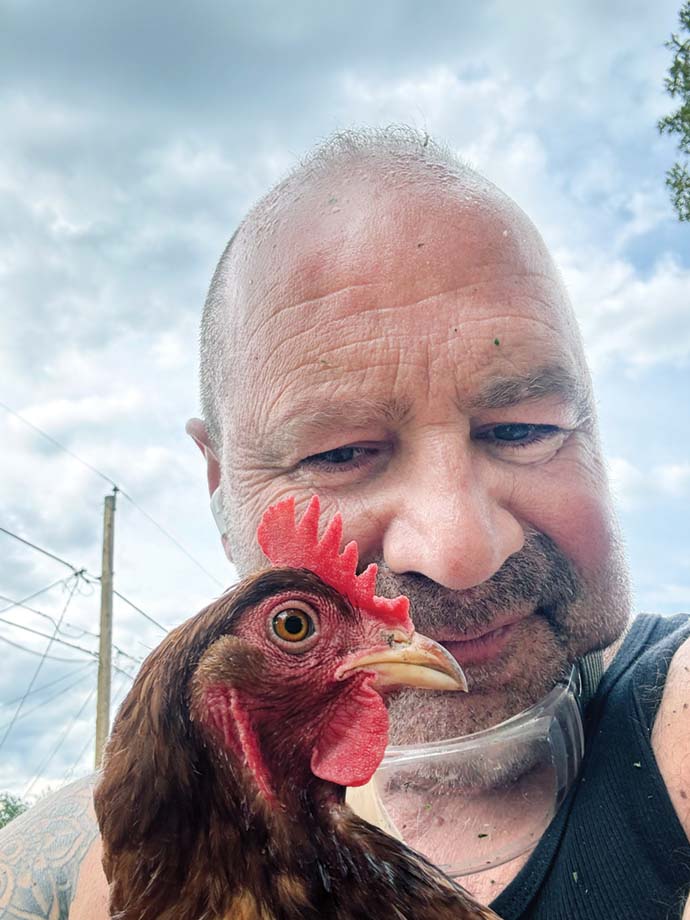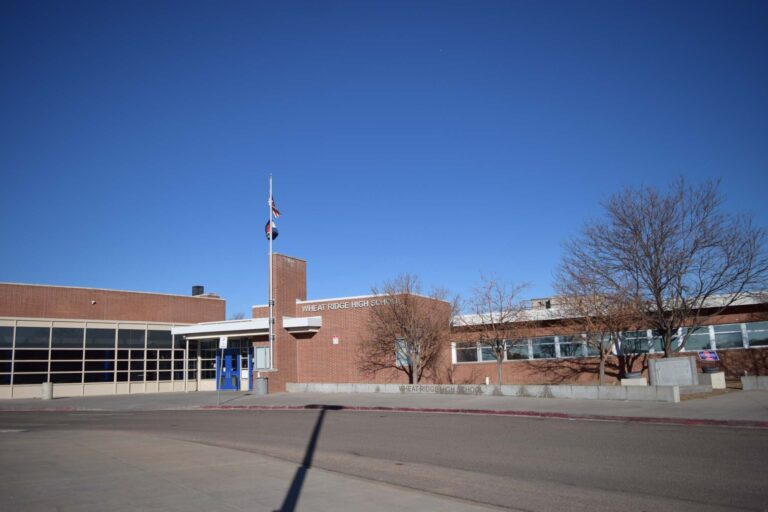This point-counterpoint article explores opposing viewpoints on a single topic, giving readers a balanced look at both sides of an issue.
Transplantation Science is an educational curriculum designed to teach students about organ, eye, and tissue donation through hands-on learning experiences. As a Transplantation Science educator, I get to see middle and high school students discover the real impact of organ, eye, and tissue donation and understand how one person’s generous gift can transform the lives of many others.
Many teenagers are unaware of what it means to be an organ donor when they are first asked about it while getting their driver’s license. Understanding the science behind donation can help people recognize their potential to save lives by becoming donors. The Transplantation Science program, offered at no cost, helps students across Colorado and Wyoming to see the importance of this decision through meaningful discovery. This curriculum allows students to examine real cornea samples, tissue grafts, and other specimens to learn the amazing science that makes donation possible. Meanwhile, they can also hear testimonials from donors, recipients, and families whose lives were transformed through these selfless gifts. The digital curriculum, available in English and Spanish and delivered on iPads, enhances any science course from 6th through 12th grade. Interactive content and video elements keep students engaged while they explore complex science and learn about the life-changing power of transplantation and donation.
For me, Transplantation Science is more than just an educational program—it’s a transformative experience that brings the science of organ, eye, and tissue donation to life for students. What makes this work so rewarding is seeing how the program sparks meaningful conversations among peers and families, encouraging empathy, curiosity, and a deeper understanding of the human body and the power of giving. The program doesn’t just inform—it inspires.
Learning in the classroom influences life beyond it. One donor can save up to eight lives through organ donation and heal dozens more through tissue donation. By teaching students the science behind donation and transplantation, we’re preparing them to make informed decisions that could change lives in their community. Students who experience the Transplantation Science program walk away with lasting impressions that extend far beyond the classroom.
This past school year, we reached over 13,200 students with Transplantation Science—a 37% increase from the year before. If you’re interested in bringing this program to your school, visit DonorAlliance.org.
~ Judy Larkin, Wheat Ridge, CO
Hi Judy,
Thank you for reaching out — I also received your letter to the editor. I’ve spoken with several people both inside and outside the healthcare and education communities about this topic, and a few overall concerns have come up.
The main concern is the growing shortage of donated organs for patients in need. That said, I do have some questions and reservations about the program’s target audience — specifically, young, underage students. Many parents are wondering:
• Will parents be required to give consent for their children to participate?
• Will students be informed that organ recipients are typically limited to those with insurance coverage? Historically only less than 1% are uninsured.
• Will students have the option to opt out of the presentation?
• Will religious beliefs that prohibit organ donation be taken into account?
I realize this may sound overly cautious, but we live in a time when schools and teachers sometimes cross boundaries by introducing political or social topics without parental consent or administrative approval. I’m reminded of my son’s teacher at Lakewood High School who decided to remove the Holocaust chapter from the curriculum because she felt it “had nothing to do with America.”
Please understand that my concerns come from a place of wanting to protect both students and families, and to ensure that any non-traditional curriculum is introduced with transparency and respect for differing beliefs.
Thank you again for the conversation,
~ Guy






